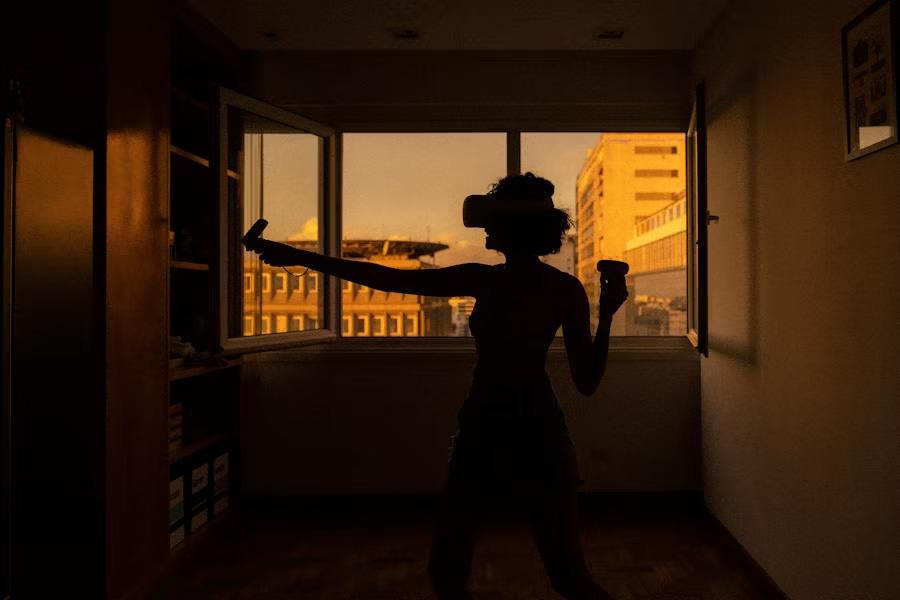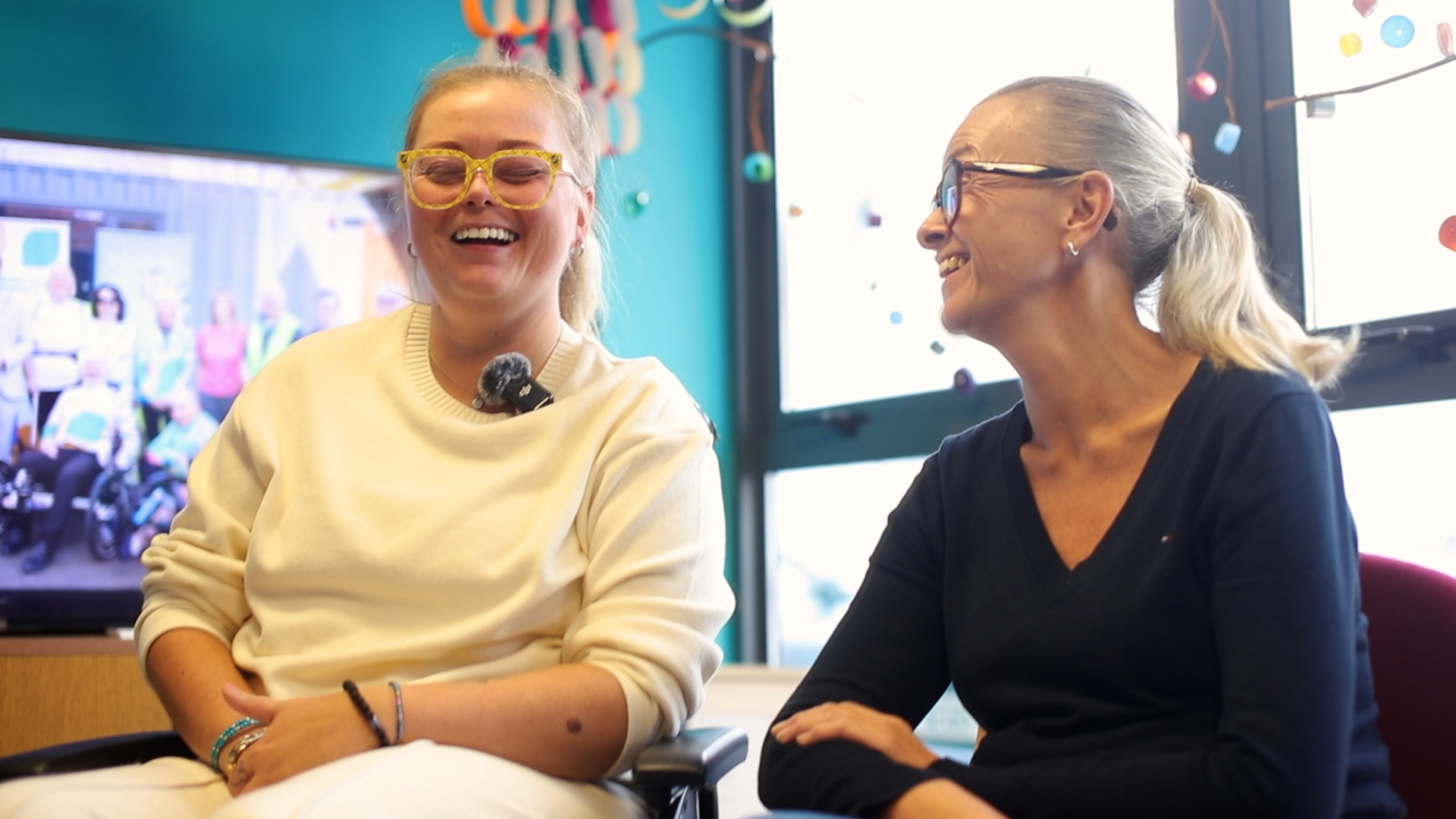Healthcare is undergoing a transformation. With advancements in technology, patients no longer have to rely solely on in-person visits for their rehabilitation needs.
Why Remote Rehabilitation Matters
For many patients, traditional rehabilitation can be challenging due to logistical barriers such as travel difficulties, scheduling conflicts, and limited access to specialized care. Remote rehabilitation helps bridge these gaps by offering:
• Greater Accessibility: Patients can receive high-quality therapy without needing to travel to a clinic, making rehabilitation available to those in rural areas or with mobility challenges.
• More Frequent & Consistent Therapy: Regular, structured rehabilitation is crucial for recovery, but many patients struggle with attending multiple in-person sessions. Remote options enable them to engage in therapy more frequently.
• Increased Comfort & Convenience: Being able to perform therapy exercises at home allows patients to recover in a familiar and stress-free environment.
The Role of Self-Guided Sessions in Recovery
One of the most exciting advancements in rehabilitation is the rise of self-guided therapy sessions. With the help of Extended Reality (XR) and AI-driven software, patients can engage in structured rehabilitation exercises without always needing a therapist physically present. Here’s howself-guided rehab is changing the game:
• Personalized,Adaptive Therapy: AI-powered systems can adjust exercises in real-time based on a patient’s progress, ensuring they are always working at an appropriate challenge level.
• Immediate Feedback & Correction: Using motion tracking and XR technology, self-guided sessions provide instant feedback, helping patients correct movements and avoid compensation patterns.
• Motivation Through Gamification: Interactive, engaging rehab exercises keep patients motivated, making it easier to stick with their recovery plans.
• Data-Driven Insights: Patients and clinicians can track progress over time, allowing for more informed decision-making and better long-term results.
A Hybrid Approach: The Best of Both Worlds
While remote and self-guided rehab sessions offer many benefits, they don’t replace the need for professional guidance. Instead, they complement traditional therapy, allowing clinicians tomonitor progress and intervene when needed. This hybrid model ensures that patients receive:
• Expert oversight while maintaining independence
• Mor etouchpoints with their healthcare team through digital check-ins
• Aflexible approach tailored to their unique recovery needs
Looking Ahead: The Future of Rehabilitation
As technology continues to advance, remote rehabilitation will become an even more integral part of healthcare. With improvements in AI, wearable sensors, and XR environments, the future of rehabilitation is one where every patient has access to personalized, engaging, and effective therapy - no matter where they are.
For stroke survivors and those recovering from brain injuries, this is more than just a convenience - it’s a pathway to greater independence, better outcomes, and a more empowered approach to healing. The future of rehabilitation isn’t just remote - it’s smarter, more engaging, and built around the patient’s needs.









